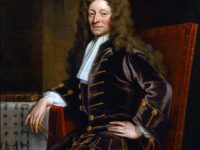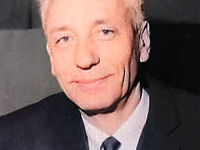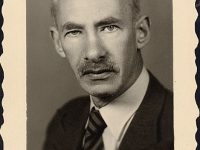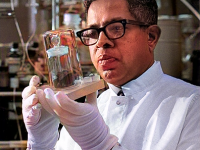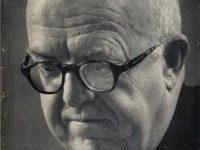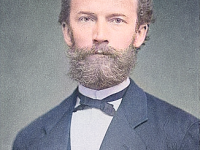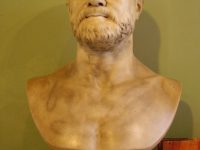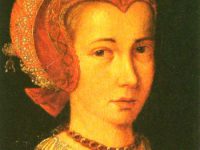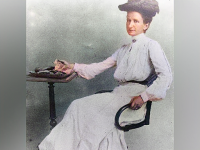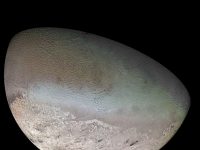Sir Christopher Wren – Baroque Architect, Philosopher, Scientist
On October 20, 1632 (October 30 according to the new Gregorian calendar), one of the most highly acclaimed English architects in history, Sir Christopher Wren was born. He was accorded responsibility for rebuilding 52 churches in the City of London after the Great Fire in 1666, including what is regarded as his masterpiece, St Paul’s Cathedral, on Ludgate Hill, completed in 1710. “Architecture has its political Use; publick Buildings being the Ornament…
Read more

